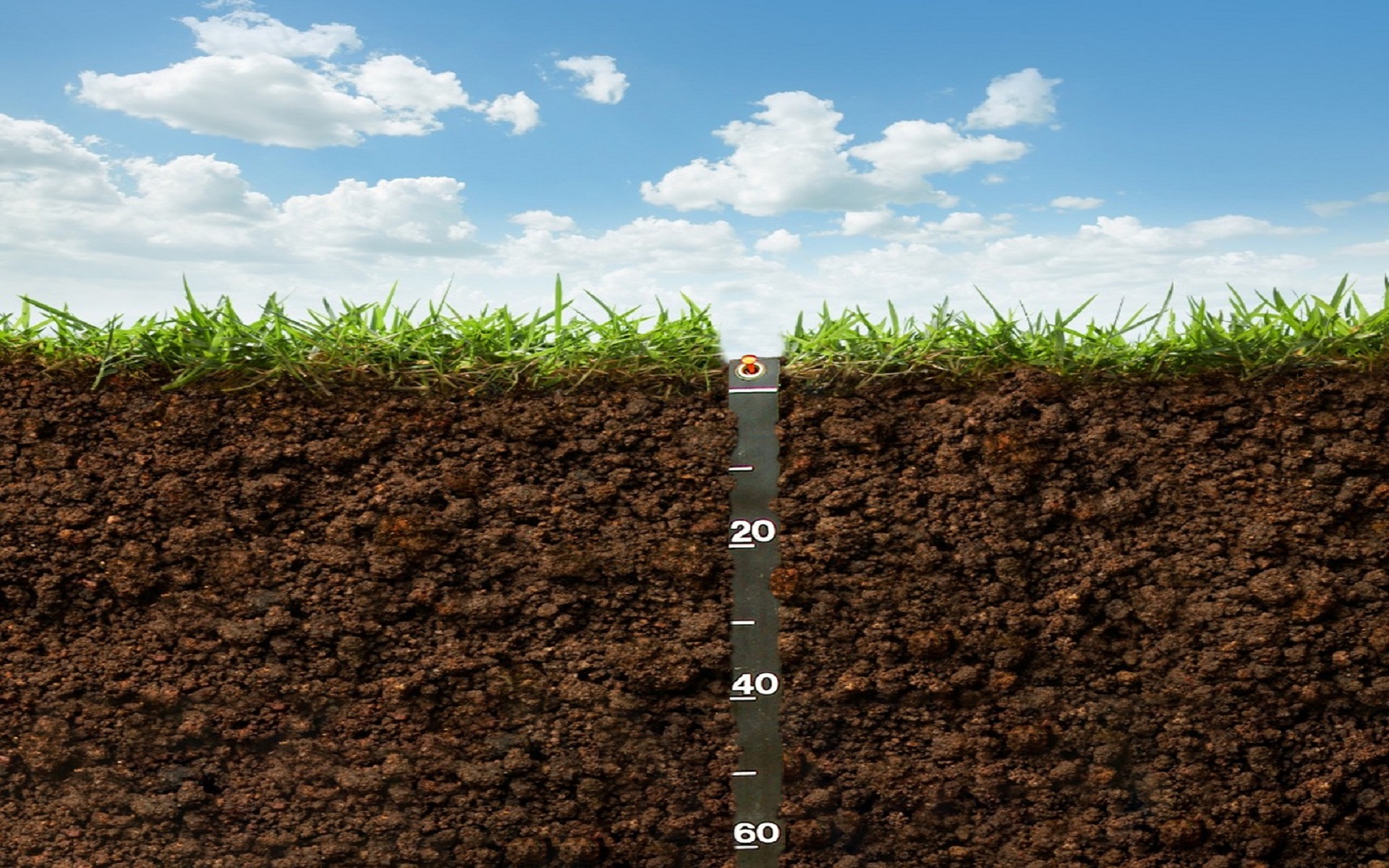Understanding soil properties like temperature at various depths is crucial for promoting sustainable food production, especially in changing environmental conditions. However, many developing regions struggle to collect consistent soil data due to inadequate instrumentation, natural disasters, and other challenges. An accurate soil temperature prediction model could help overcome these obstacles.
Researchers (Lakindu Mampitiya, Kenjabek Rozumbetov, Namal Rathnayake, Valery Erkudov, Adilbay Esimbetov, Shanika Arachchi, Komali Kantamaneni, Yukinobu Hoshino & Upaka Rathnayake) have now developed such AI based model for the arid region of Nukus, Uzbekistan – a country deeply concerned about climate change impacts. This pioneering study published in Nature integrates climatic factors to forecast soil temperatures at the surface and 10 cm depth levels.
The team trained eight machine learning models and found that a Long Short-Term Memory (LSTM) algorithm excelled at precisely predicting soil temperatures down to 10 cm. Notably, this model can estimate temperatures at the 10 cm depth using only surface temperature predictions and climate data, eliminating the need for intrusive soil measurements. Eight state-of-the-art machine learning models including XGBoost, CatBoost, LSTM, ANN, Bi-LSTM, Ridge Regression, Lasso Regression, and ElasticNet were utilized in formulating the equations. Overfitting is one of the main concerns in many machine-learning approaches. Therefore, regularization techniques, hyperparameter tuning with the evaluations, and k-fold cross-validation techniques were utilized to minimize the overfitting. In addition, early stopping of the models was carried out in this study to avoid overfitting.
“Our model can predict the 10 cm depth soil temperature without any actual ground measurements at that depth,” explained lead researcher Dr. Alisher Khalmukhamedov. “This new approach gives us an efficient way to understand shallow soil conditions across Nukus and optimize agricultural planning.”
The researchers evaluated their models using standard performance metrics and found the predictions to be highly accurate. With this validation, they recommend deploying the temperature forecasting system to guide sustainable farming practices and crop selection in Nukus’ arid climate.
“Intermittent actual soil measurements will still be needed to recalibrate the model over time,” noted Dr. Khalmukhamedov. “But overall, this technology can greatly aid food security planning for arid regions experiencing environmental changes.”
Looking ahead, the team proposes expanding their model to incorporate more spatial data and developing a nationwide soil management system for Uzbekistan aligned with United Nations Sustainable Development Goals. By leveraging artificial intelligence to monitor changing soil conditions, they aim to boost climate-resilient agriculture and biodiversity conservation across the nation.


